 Petzlover
Petzlover Persian is originated from Iran but Ussuri is originated from Russia. Both Persian and Ussuri are of same weight. Persian may live 4 years less than Ussuri. Both Persian and Ussuri has same litter size. Persian requires Moderate Maintenance. But Ussuri requires Low Maintenance
Persian is originated from Iran but Ussuri is originated from Russia. Both Persian and Ussuri are of same weight. Persian may live 4 years less than Ussuri. Both Persian and Ussuri has same litter size. Persian requires Moderate Maintenance. But Ussuri requires Low Maintenance
 Cat lovers the world over know the Persian cat very well. It's a beautiful long-haired cat breed with its familiar round face and blunt muzzle.
Cat lovers the world over know the Persian cat very well. It's a beautiful long-haired cat breed with its familiar round face and blunt muzzle.
It is not really known when long-haired cats first appeared, or where the Persian originated but their history stems from Persia or Iran as it is known today, where it seems they were first sighted.
The cats were grey-coated and some were white and soon the cats arrived in Britain. They were introduced to the United States in the 1900s. The cat was developed first by the English, and then also by American breeders after the Second World War and the breeding of these cats has also meant a lot of coat colors.
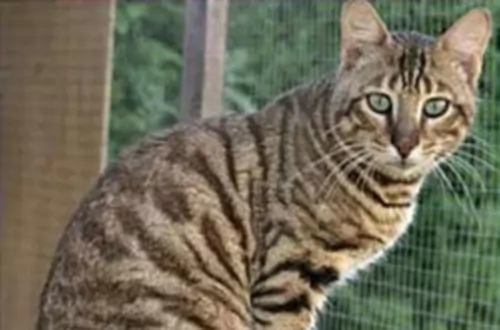 Not much is known about the Ussuri cat but it does seem to be a rare natural cat breed. The cat originates from Russia but is rare even in that country.
Not much is known about the Ussuri cat but it does seem to be a rare natural cat breed. The cat originates from Russia but is rare even in that country.
A breed standard for this cat was published in the 1990s, but nothing has been heard since and its breed status isn't clear. It does seem that the Ussuri's numbers are dwindling due to interbreeding with local domestic cats. Also, the cat doesn't have a breeding program and it is expected that the cat will just quietly disappear.
 The Persian cat is a medium- to large-sized cat and is heavily boned. He can weigh between 3 and 6kg.
The Persian cat is a medium- to large-sized cat and is heavily boned. He can weigh between 3 and 6kg.
He has stocky legs, a thick neck, small ears, round head, round eyes, and the face is flat or blunt. The kittens are gorgeous balls of fluff.
The coat of the Persian is thick, long, and silky. People many times think only of a white Persian, when in fact the cat comes in many colors and patterns. Eye color for the cat can be blue, green, brown, copper or even odd-eyed.
The Persian isn’t the most active of cats, so attention will need to be given to exercising the cat so as to manage his weight. This cat will also need to have his nutrition controlled to stay in shape and in good health.
Persians enjoy games with their human family and will need some toys to encourage play and exercise.
He is placid and calm but that doesn’t mean he can’t have bursts of energy. They’re quieter than other cats, are sweet-natured, preferring to live in quieter, less boisterous households.
They aren’t loudly vocal but communicate with their eyes and their soft voices. They won’t get on well with small, noisy children but can be loving pets and companions of older children who allow them their own space.
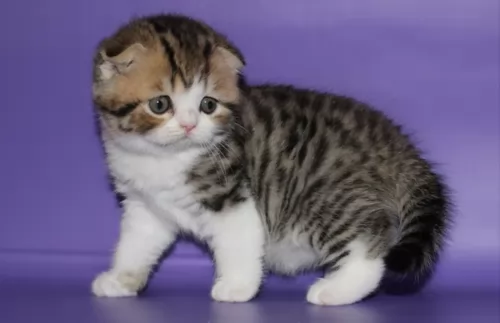 The Ussuri cat can be described as a medium-sized cat that weighs between 3 and 6kg.
The ears often have those tufts, similar to that of a lynx. The body of the Ussuri cat is muscular. The neck is firm, the legs medium length and muscular with rounded paws. The tail has a rounded tip. The coat is short and glossy and there is a thick undercoat.
It has a mix of spots with lines around the face.There are also line on the legs and the tail is ringed. It definitely lives up to looking like a wild cat.
The Ussuri cat can be described as a medium-sized cat that weighs between 3 and 6kg.
The ears often have those tufts, similar to that of a lynx. The body of the Ussuri cat is muscular. The neck is firm, the legs medium length and muscular with rounded paws. The tail has a rounded tip. The coat is short and glossy and there is a thick undercoat.
It has a mix of spots with lines around the face.There are also line on the legs and the tail is ringed. It definitely lives up to looking like a wild cat.
The Ussuri has a wild heritage, and domesticated, they are smart and intelligent. Of course, being on the wild side, they like to hunt and will present you with mice, rats, and birds. They are quite capable of forming strong bonds with their human owners, and tend to gravitate particularly to one member of the family.
 The amicable personality of the Persian cat makes it easy to have these cats in your home. The long hair becomes a bit of an issue as the cat sheds quite a bit.
The amicable personality of the Persian cat makes it easy to have these cats in your home. The long hair becomes a bit of an issue as the cat sheds quite a bit.
They’re sweet, quiet cats and they don’t demand attention from you. They are more than happy just lying quietly in a warm spot. They are calm, loving cats and it's no wonder that they are still such a popular breed of cat.
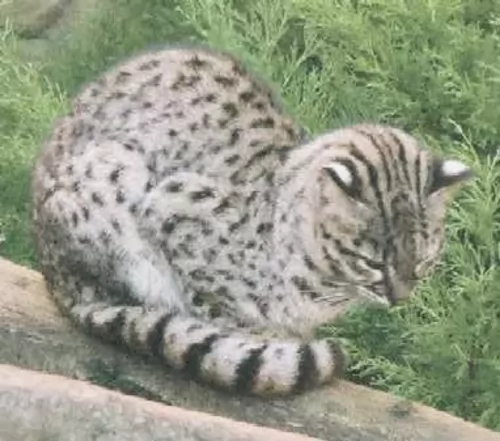 Ussuri Cats are very smart cats and they are able to adapt fairly quickly to their surroundings. Think twice before you invest in a Ussuri as they have different needs to your regular domestic cat.
These are cats that won't slot easily into indoor life and that is why you need to think carefully before you bring such a cat home as a pet.
While they can be affectionate to their human family, they are restless cats, wanting to get away to that wild life they once knew.
Ussuri Cats are very smart cats and they are able to adapt fairly quickly to their surroundings. Think twice before you invest in a Ussuri as they have different needs to your regular domestic cat.
These are cats that won't slot easily into indoor life and that is why you need to think carefully before you bring such a cat home as a pet.
While they can be affectionate to their human family, they are restless cats, wanting to get away to that wild life they once knew.
 The structure of this cat’s head can mean some health problems. Hereditary Polycystic kidney disease is prevalent with the Persian cat. It is an inherited condition that causes cysts to form in the kidneys. These cysts are actually present from birth, growing larger over time and interfering with kidney function and ending in kidney failure.
The structure of this cat’s head can mean some health problems. Hereditary Polycystic kidney disease is prevalent with the Persian cat. It is an inherited condition that causes cysts to form in the kidneys. These cysts are actually present from birth, growing larger over time and interfering with kidney function and ending in kidney failure.
Also, with a larger breed cat such as the Persian, hip dysplasia is a problem.
Persians are also susceptible to malocclusion which means ‘incorrect bite’. This particular condition can affect the cat’s ability to grasp and actually hold food. So much so in fact, that now pet food manufacturing companies have even developed specially-shaped kibble to cater particularly for the Persian.
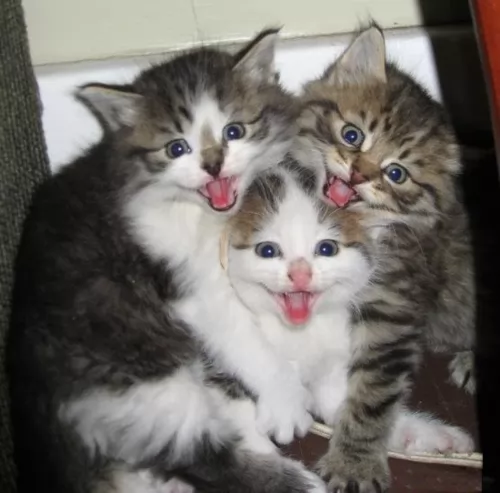 These are strong, robust cats, but even so, for your own peace of mind, a visit to the vet every now and them can be a good thing to make sure everything is aright with your cat.
Healthy they may be, but they can still pick up any one of the many common cat diseases there are.
With a good diet, plenty of exercise and a caring environment, they can reach 16 years of age or older.
These are strong, robust cats, but even so, for your own peace of mind, a visit to the vet every now and them can be a good thing to make sure everything is aright with your cat.
Healthy they may be, but they can still pick up any one of the many common cat diseases there are.
With a good diet, plenty of exercise and a caring environment, they can reach 16 years of age or older.
 The Persian cat’s coat is long and silky and because he is a fairly heavy shedder, he will require regular brushing – certainly once or twice a week to get rid of that loose hair. It is important to brush and also cut the hair so as to get rid of the tangled knots that form.
The Persian cat’s coat is long and silky and because he is a fairly heavy shedder, he will require regular brushing – certainly once or twice a week to get rid of that loose hair. It is important to brush and also cut the hair so as to get rid of the tangled knots that form.
While brushing your Persian, make sure that his eyes and nose are clear. This is important because the flat face creates problems with these cats.
Excellent cat food for your Persian involves reading labels and understanding what brands are best for your beautiful cat. The Persian cat is a carnivore and will require high-quality food rich in protein.
Speak to your vet if you are in any doubt about the best food for your cat’s health and wellbeing. Make sure your pet has a constant supply of fresh, cool water.
Make sure to keep the litter box clean. Buy a small rake from the pet shop and rake up your cat's feces every single day and dispose of them.
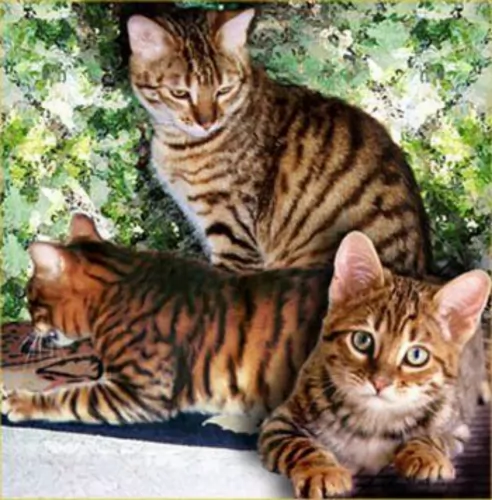 The short coat of Ussuri cats is glossy and close-lying, and a brush once a week will be fine for this cat.
Provide your pet with an outside enclosure. These are cats with a wild side, and to ensure you don't get frustrated with him, an enclosure with climbing equipment will be a good idea.
Ensure the cat gets plenty of exercise. You will need to invest in interactive toys that encourage this intelligent cat to think things out.
Only the very highest quality meat-diet will be good enough for this cat. Ensure he has a constant supply of fresh cool water.
In his outside enclosure, you can include a paddling pool, and in the wilds, cats like to paw at water and wade in.
Provide your pet with a comfortable sleeping area.
The short coat of Ussuri cats is glossy and close-lying, and a brush once a week will be fine for this cat.
Provide your pet with an outside enclosure. These are cats with a wild side, and to ensure you don't get frustrated with him, an enclosure with climbing equipment will be a good idea.
Ensure the cat gets plenty of exercise. You will need to invest in interactive toys that encourage this intelligent cat to think things out.
Only the very highest quality meat-diet will be good enough for this cat. Ensure he has a constant supply of fresh cool water.
In his outside enclosure, you can include a paddling pool, and in the wilds, cats like to paw at water and wade in.
Provide your pet with a comfortable sleeping area.